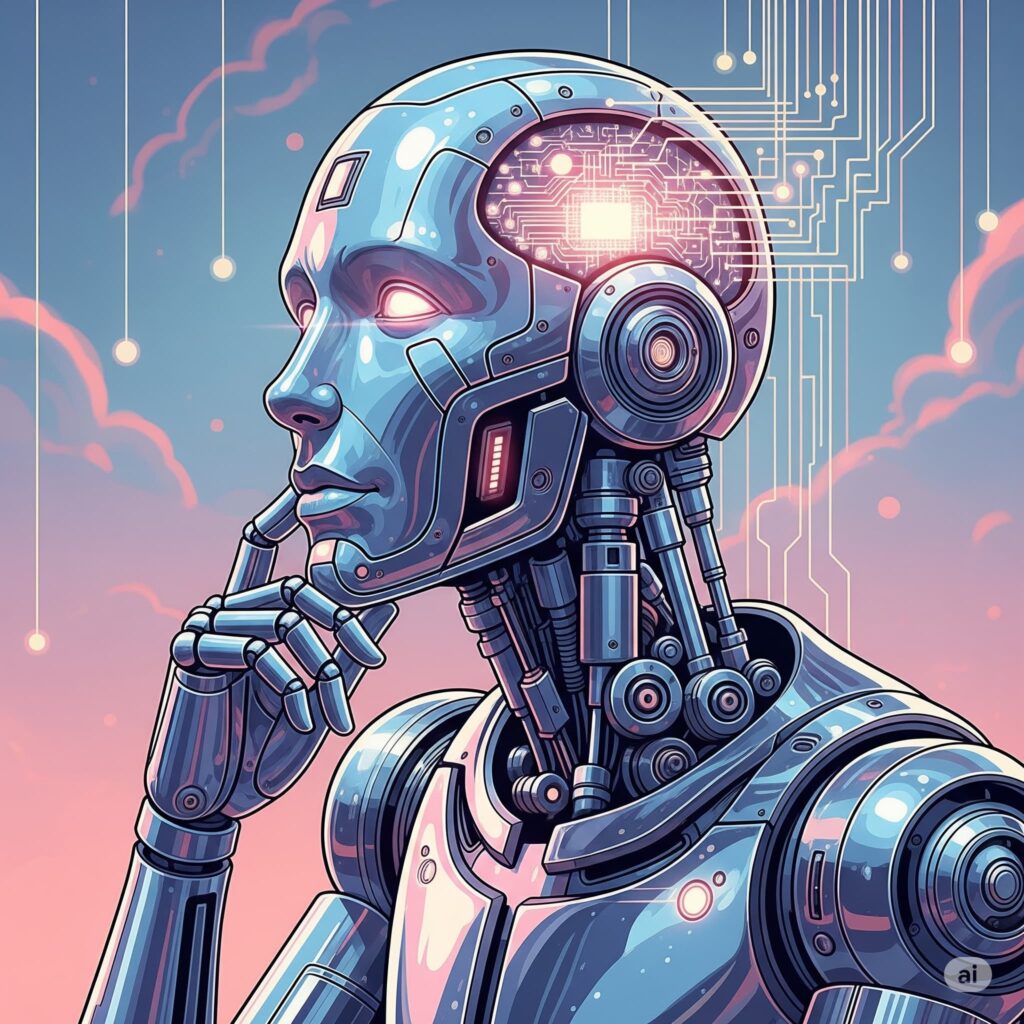
Artificial intelligence is transforming our world, impacting everything from the way we shop to how we receive healthcare. But this powerful technology isn’t without its flaws. A significant concern is AI bias – the tendency for AI systems to perpetuate and even amplify existing societal biases. Understanding why this happens and how to address it is crucial for building a fairer and more equitable future.
What is AI Bias?
AI bias refers to systematic and repeatable errors in a computer system that create unfair outcomes, such as privileging one arbitrary group of people over another. This isn’t about malicious intent; rather, it’s a consequence of the data used to train these systems. AI models learn from the data they are fed, and if that data reflects existing societal biases – whether conscious or unconscious – the AI system will inevitably learn and reproduce those biases.
How Does AI Bias Occur?
There are several ways bias creeps into AI systems:
- Biased Data: This is the most common source of AI bias. If the training data contains skewed representations of certain groups, the AI model will learn to reflect those imbalances. For example, a facial recognition system trained primarily on images of light-skinned individuals may perform poorly on images of people with darker skin tones.
- Biased Algorithms: Even with unbiased data, the algorithms themselves can introduce bias. The way data is processed and interpreted can unintentionally favor certain groups over others.
- Biased Interpretation: The way humans interpret the output of an AI system can also introduce bias. For instance, if a loan application algorithm flags applicants from a particular neighborhood more frequently, human reviewers might unconsciously reinforce this bias by rejecting those applications more readily.
- Lack of Diversity in Development Teams: The people creating and deploying AI systems also play a role. A lack of diversity in the development team can lead to overlooking potential biases in the data and algorithms.
Examples of AI Bias in Real Life
The impact of AI bias is far-reaching and affects various aspects of our lives:
- Hiring Processes: AI-powered recruitment tools might inadvertently discriminate against certain demographic groups based on biased data used in their training.
- Loan Applications: AI algorithms used to assess loan applications may unfairly deny loans to individuals from specific communities due to historical biases present in the data.
- Criminal Justice: AI systems used in risk assessment tools within the criminal justice system have been shown to exhibit racial bias, leading to unfair outcomes.
- Healthcare: AI algorithms used for medical diagnoses may be less accurate for certain demographic groups due to biased training data.
Mitigating and Addressing AI Bias
Tackling AI bias requires a multi-pronged approach:
Data Collection and Preprocessing:
- Ensuring Data Representativeness: Collecting diverse and representative datasets is paramount. This means actively seeking out data from underrepresented groups to ensure a balanced representation.
- Data Auditing and Cleaning: Carefully examining the data for biases is crucial. This involves identifying and correcting skewed representations or removing biased data points.
- Synthetic Data Generation: In cases where obtaining diverse real-world data is challenging, generating synthetic data can help fill the gaps while maintaining representativeness.
Algorithm Design and Development:
- Fairness-Aware Algorithms: Developing algorithms specifically designed to minimize bias is essential. This involves incorporating fairness metrics into the model evaluation process.
- Transparency and Explainability: Understanding how an AI model arrives at its decisions is crucial for identifying and addressing bias. Techniques like explainable AI (XAI) can help provide insights into the model’s reasoning.
- Regular Audits and Monitoring: Continuously monitoring the performance of AI systems and conducting regular audits are vital for detecting and correcting emerging biases.
Human Oversight and Collaboration:
- Diverse Development Teams: Building diverse and inclusive development teams is essential to ensure a variety of perspectives are considered during the design and development process.
- Human-in-the-Loop Systems: Incorporating human oversight into the decision-making process can help mitigate the impact of biases.
- Ethical Guidelines and Regulations: Establishing clear ethical guidelines and regulations for the development and deployment of AI systems is crucial.
AI bias is a serious concern that demands immediate attention. It’s not simply a technical problem; it’s a societal one. Addressing AI bias requires a collaborative effort from researchers, developers, policymakers, and the public. By focusing on data quality, algorithm design, and human oversight, we can strive to create AI systems that are fair, equitable, and beneficial for everyone. The future of AI depends on our commitment to mitigating bias and building a more inclusive technological landscape.